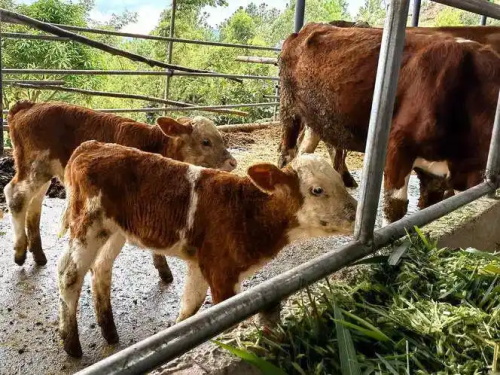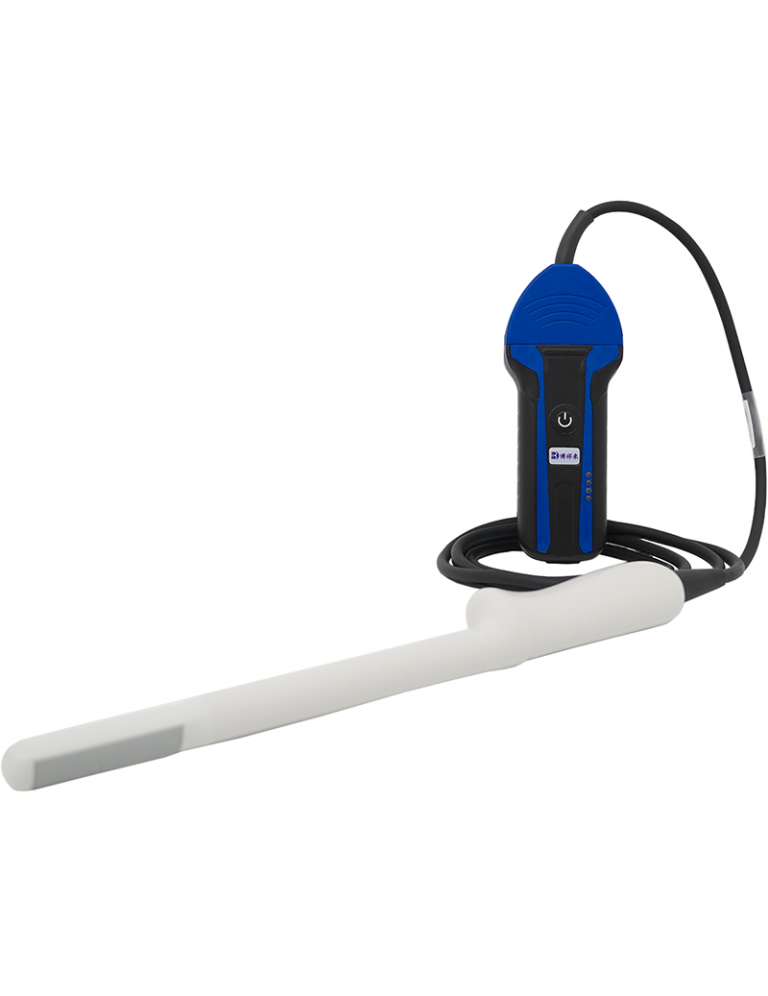Twin Detection and Farm Management for Vet-Focused Herd Health
Running a farm is part science, part intuition, and always about caring for animals. One area that’s quietly powerful in our daily work? Twin detection. Spotting twin pregnancies early, paired with thoughtful farm management, can save time, money, and most importantly help animals stay healthy. Let me walk you through how I tackle twin detection in livestock and weave it into broader farm management strategies for better vet-oriented outcomes.

The Role of Twin Detection
When dealing with pregnant animals—whether it’s sheep, goats, cattle or other livestock—knowing whether there’s one fetus or two (sometimes more) changes everything. Twins mean more nutritional needs, more risks for birthing complications, and special care during and after delivery. Not catching twins early can lead to health issues, stress, and even loss.
I typically use ultrasound to check pregnancy status. With a hand-held ultrasonograph, you slide along the flank or flank/abdominal region and look for fetal sacs. Since each sac has its own heartbeat and shape, spotting two is clear. It usually makes me smile a little—that extra life, extra challenges, but extra rewards.
How Twin Detection Informs Farm Management
Let me walk through how catching twins early changes what I do:
| Task | Single Pregnancy | Twin Pregnancy |
|---|---|---|
| Feed plan | Standard, based on gestation stage | Boost protein, energy, monitoring intake |
| Monitoring | Routine checkups | Extra growth tracking for two fetuses |
| Birthing prep | Basic setup | Add resuscitation kit, more bedding, assistance |
| Post-partum care | Typical colostrum and bonding | Check both neonates latch; sometimes bottle feed |
| Vet interventions | Standard supervision | More frequent follow-ups, watch for weak neonate or retained placenta |
That table sums it up nicely. You see how everything scales with twins. More monitoring, more support—but better outcomes.
Why It Matters to Animal Health (Especially for Vets)
From a vet’s point of view, twin detection is a game-changer. Risks include:
-
Dystocia (difficult births)—two often means awkward positioning.
-
Hypothermia or low birth weight—neonates competing for nutrients.
-
Retained placenta or postpartum infections—mother under more stress.
Catching multiple gestations early helps us tailor interventions, schedule vet visits, and reduce emergency visits. It means I’m proactive rather than reactive, and the animal health stays solid.
Incorporating Twin Detection into Farming Workflow
Here’s a chatty breakdown of how I weave it seamlessly:
-
Routine scans around mid-gestation
I scan each expecting animal on day ~45–60. If I spot twins, I flag their record and adjust feed and monitoring. -
Adjusting feed rations
Twins need more nutrients. I increase high-quality forage, add enriched concentrates, maybe a mineral supplement. Balanced energy and protein matter for fetal development and mother’s stamina. -
Frequent check-ins
I pay daily attention to body condition, signs of discomfort, udder filling. Twins often drain energy sooner. -
Birthing setup
Extra clean, warm bedding. I keep lambing/labor kits ready: clean towels, warming lamps, colostrum replacers, and a vet on alert if help is needed. -
After-birth routine
I make sure each neonate latches properly. Sometimes twins push each other away; I help bond them or bottle-feed if needed. -
Vet collaboration
I share twin cases data with my vet—so timing of visits, postpartum checks, feeding plans sync game.
A Natural Convo-Style Anecdote
Just so it doesn’t read stiff or robotic—picture me on the farm:
I’m scanning Bella (my goat) and see two flickering heartbeats. “Oh hey, twins,” I mutter with a grin. I jot down “twin” next to her tag, up feed ratio, and tell her, “You’re going to need extra snacks, girl.” As she waddles off, I’m thinking ahead: I’ll give her a cozy stall with extra clean straw before birthing, keep a warming lamp on standby, and check in twice daily. After the kids arrive and I hand-feed one, I chuckle, “Never forget their little personalities—they think the other one’s food might be tastier.” It’s practical, hands-on, and yes, a bit of small talk with the animals—it all blends into animal care.
Benefits of Integrating Twin Detection into Farm Management
-
Better neonatal survival—caught early, managed well.
-
Reduced vet emergencies—planned support lowers surprise issues.
-
Nutritional cost savings—you feed according to need, not guess.
-
Less stress all around—for you, for the mother, and for the neonates.
-
Data-driven care—tracking twin cases builds herd health knowledge base.
Final Snapshot
With twin detection firmly embedded in routine scans, feed plans, birth prep and post-partum care, the whole operation feels smoother. The animals get what they need, when they need it, and stress levels drop across the board. And yes, I talk to them—as a vet or farmer, listening to their cues is just part of the job. That level of observation, plus a good ultrasonography habit, helps turn management from guesswork into care-work.




